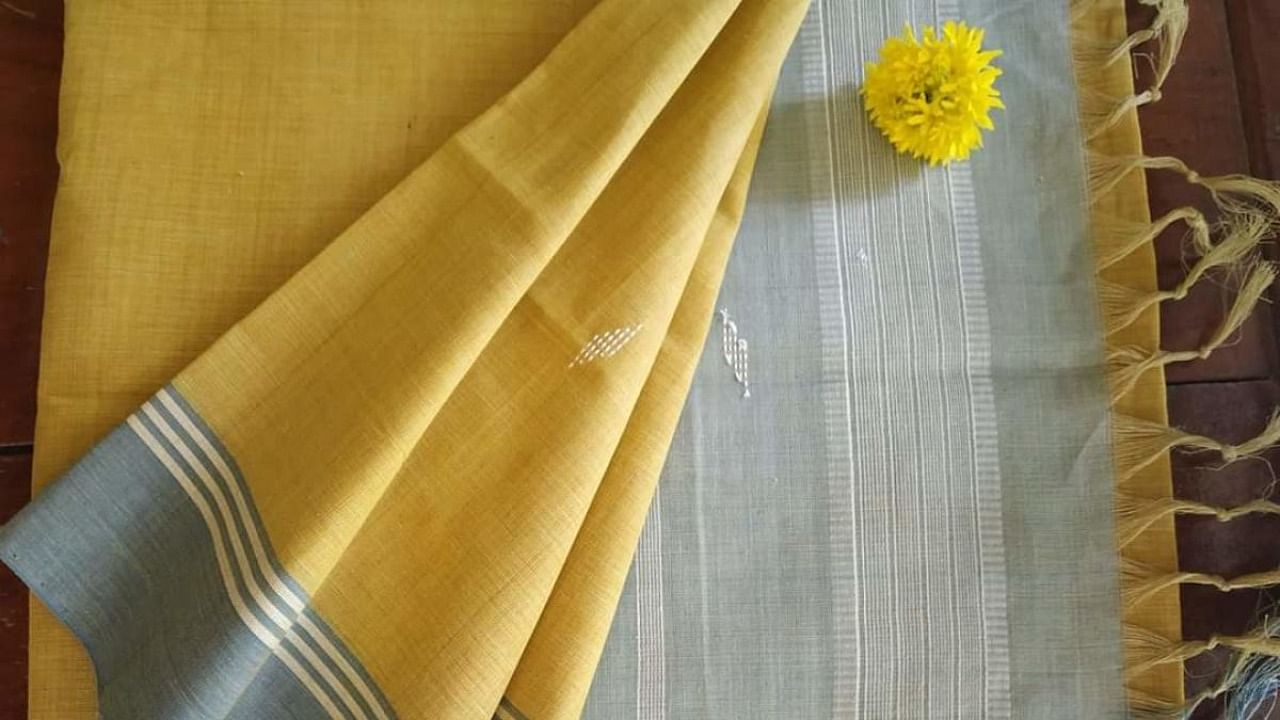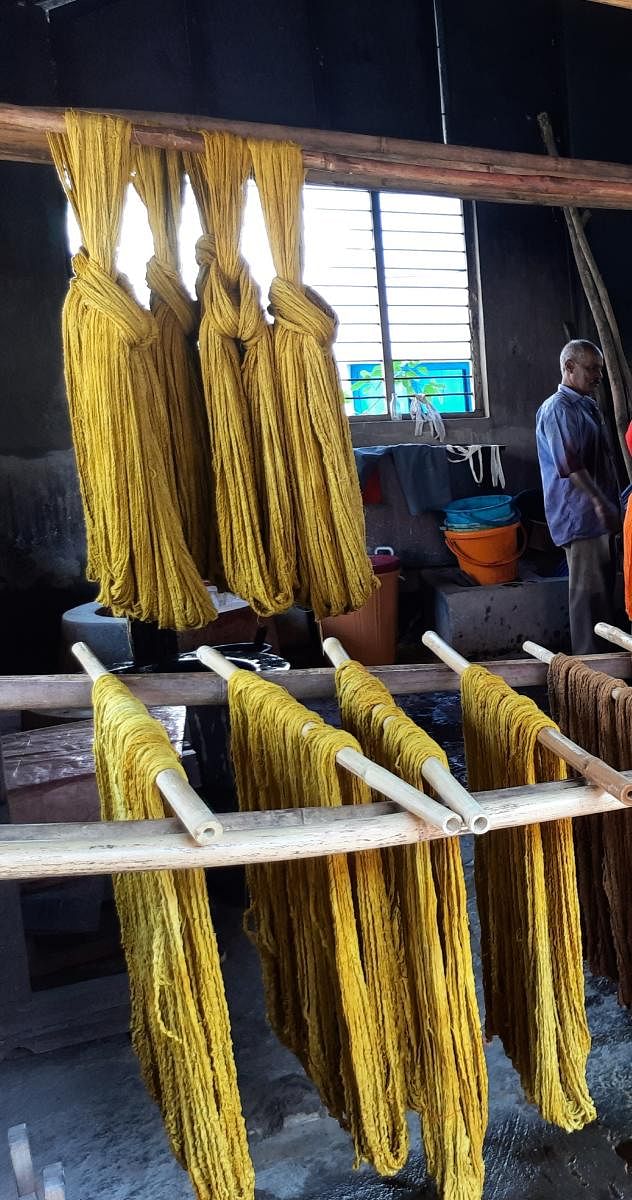

Two independent cooperatives, working hundreds of kilometres from each other, are developing methods to extract natural colour dyes from floral waste, a development that can dramatically reshape the way the state deals with flowers that are no longer useful.
According to data from government sources, Karnataka produces an average of about 1.3 lakh tons of flowers annually, the bulk of which constitute marigolds. As per Horticultural Crop Statistics, Karnataka had over 6,725 hectares devoted to growing marigold as of 2014 alone, with an annual production of 64,025 tons.
Working out of Melukote in Mandya district, the Janapada Seva Trust Prakashana said it is working on methods to extract colours out of marigolds that can be used as clothing dyes. This has the twin benefit of reusing flowers destined for the trash heap while potentially curtailing the use of chemical dyes.
Already, floral harvesting has continued unabated despite plummeting demand due to the pandemic.
“While flowers are in great demand during festival seasons, floriculturists keep producing flowers throughout the year whether or not there is demand. This leads to huge quantities of waste,” said Santosh Koulagi of the Trust.
He explained that the Trust has been harvesting natural yellows from about two tons of wasted marigolds annually. “We got into dye extraction after seeing massive quantities of flowers being discarded,” he added.
Kadike cooperative
Over 200 kilometres west, in Udupi district, another cooperative has also been experimenting with extracting dyes from discarded marigolds, obtained primarily from temples nearby.
“There are limitations on which flowers we can extract dyes from because colours from flowers such as roses, jasmin or gerbera will not bind with yarn,” explained Mamatha Rai of Kadike Trust, adding that flowers treated chemically are also useless for dye extraction.
The Trust also holds workshops for weaves and dyers.
“The process of extraction is lengthy," Mamatha said. "It involves boiling petals, scouring the yarns of fabric to make them suitable for the dying process and using ‘mordanting’ to dye the fabric."
Because of the arduous process, she felt that natural dyes cannot totally replace chemical dyes yet. "But it is an option to reuse some of the flower waste being generated daily,” she added.
Massive floral harvest
The quantities of floral waste being generated are massive. According to Srikanth Bolapalli, Director of the South India Floriculture Association, 7,500 hectares of land in and around Bengaluru is being used for flower cultivation, translating to about 30 million flowers being harvested daily.
“Whole harvests were ending up in the trash heap until recently due to Covid-19,” he said.
According to Dr A N Sringeswara, Curator of the Botanical Gardens at GKVK, there is also an environmental aspect to floral waste, as some commercial flowers have chemicals added to them, such as paraffin, to keep the flowers alive for longer.